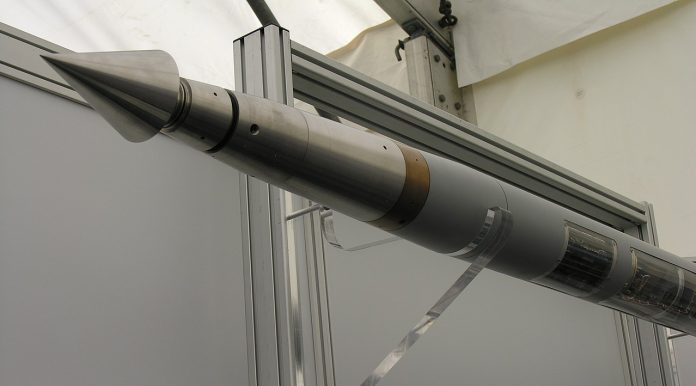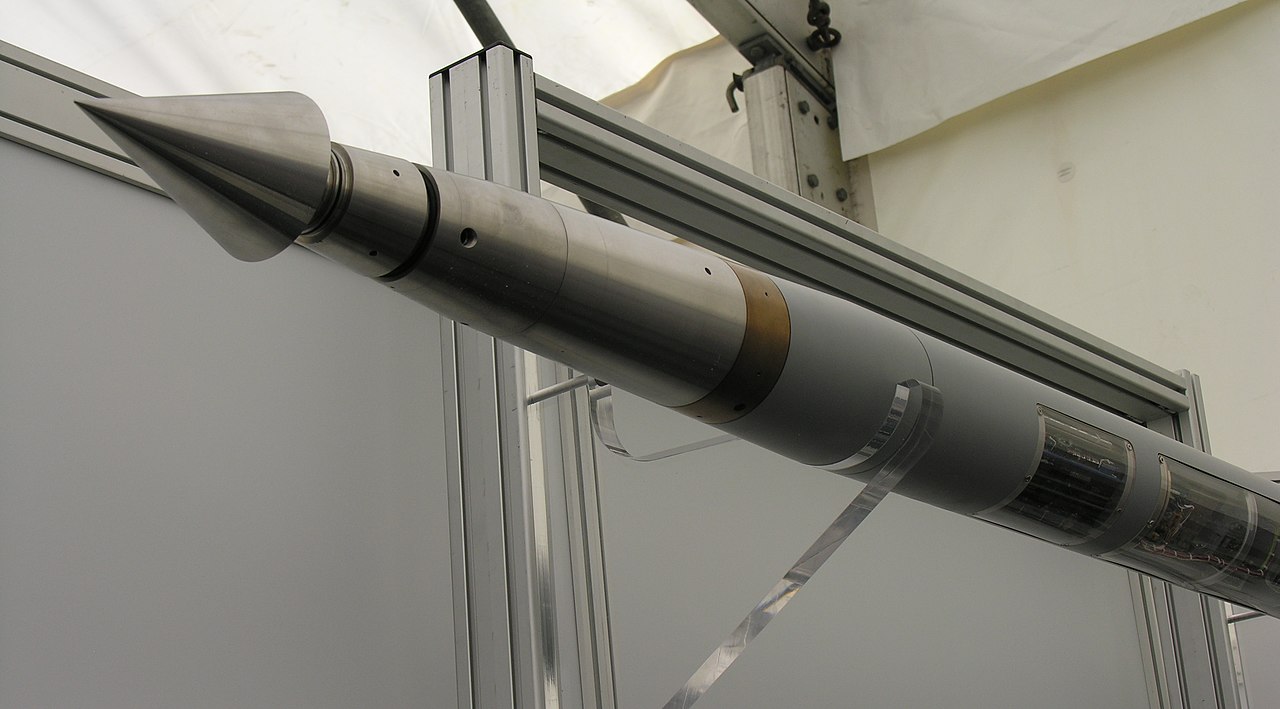
The emergence of supercavitating Torpedoes represents a significant breakthrough in naval warfare technology.
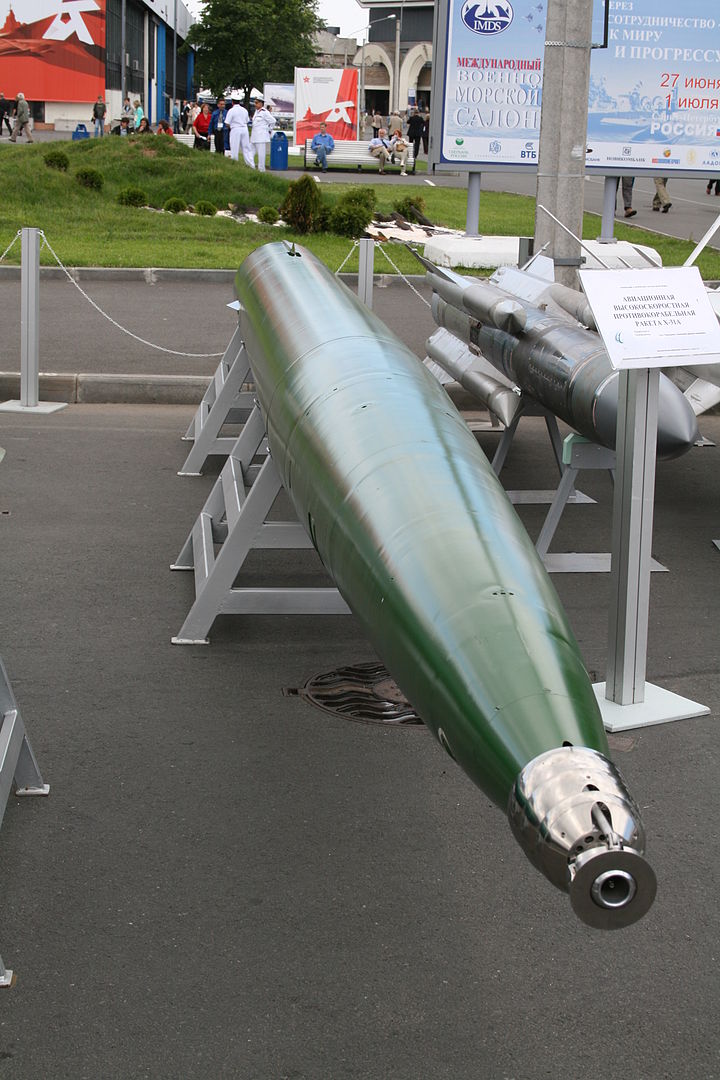
These advanced torpedoes, leveraging the physics of supercavitation to attain unprecedented speeds, have been developed and claimed by several nations, notably Russia and Iran.

This technological leap introduces new challenges in maneuverability and depth control while potentially shifting the dynamics of naval conflicts across the globe.
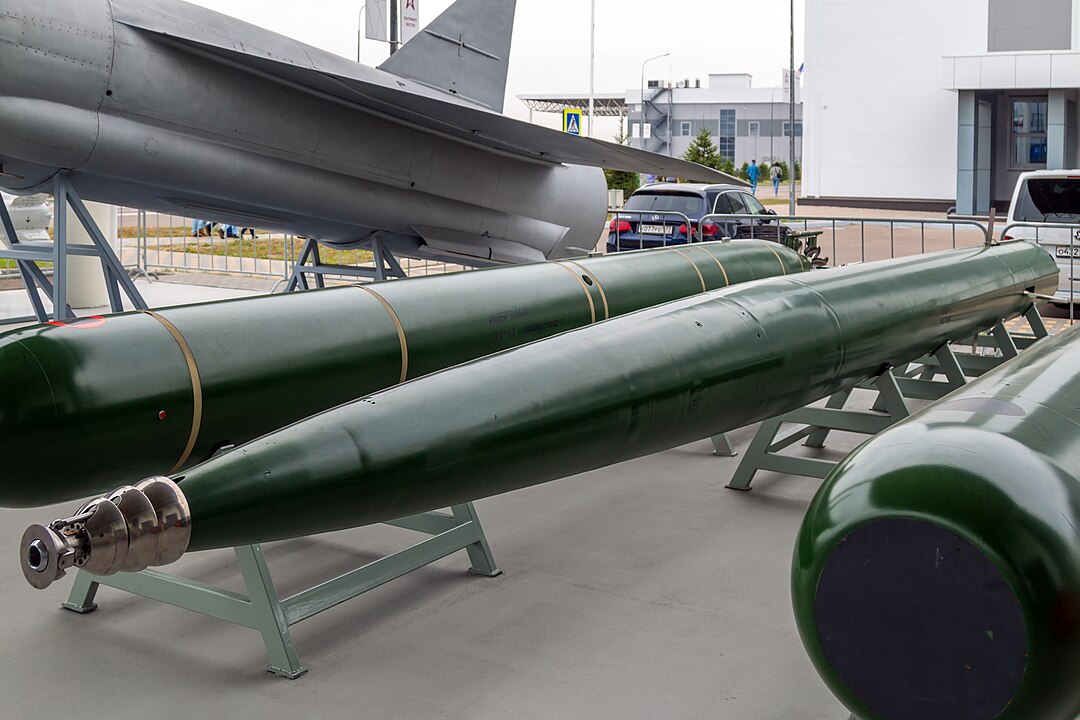
First developed by the Soviet Navy during the Cold War, supercavitating torpedoes such as Russia’s VA-111 Shkval have fascinated military engineers for decades.

Due to their extraordinary submerged speeds, achieved through the manipulation of a cavitation bubble that significantly reduces drag.

The VA-111 Shkval, which uses rocket propulsion and a gas-generating system to create and maintain the supercavitation effect, can reach speeds of up to 230 miles per hour.
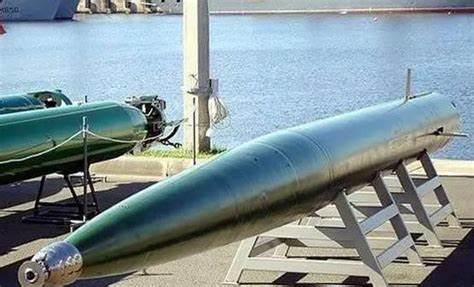
Reports suggest developments may push future models beyond 350mph.

Despite their remarkable capabilities, supercavitating torpedoes do have their limitations.
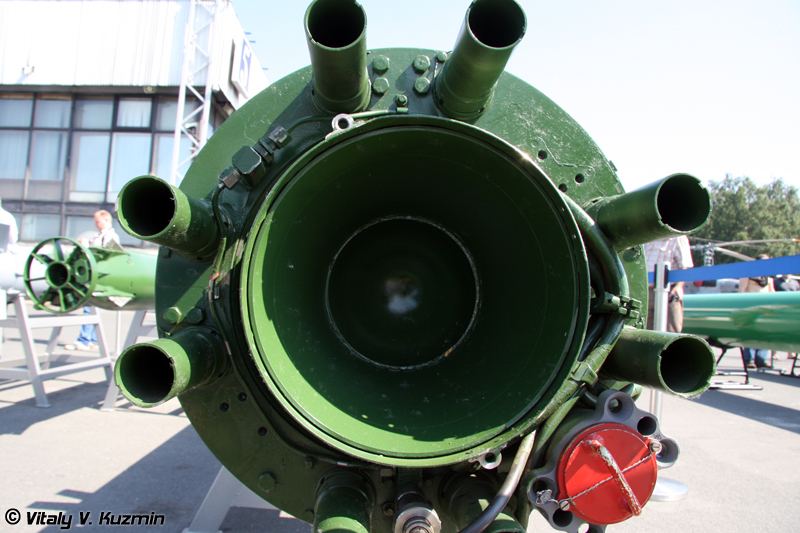
For example, their operational range remains significantly shorter than that of conventional torpedoes like the American Mark-48, which can travel as far as 24 miles.
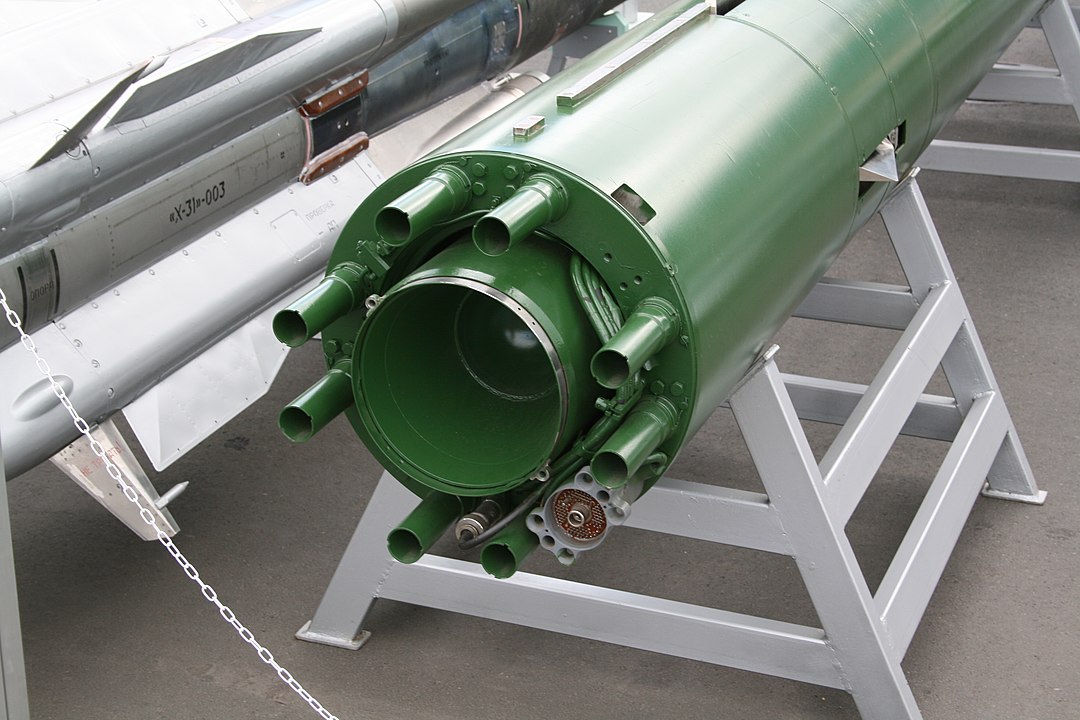
Conversely, the VA-111 and other supercavitating models are generally limited to under 10 miles.
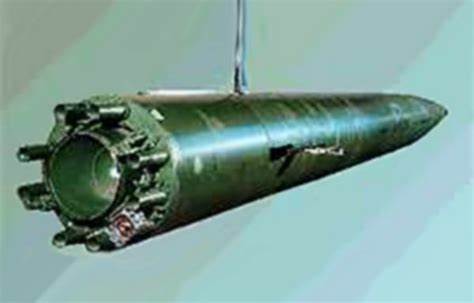
With the 2023 announcement of a potential $91.9 million contract for the Lockheed Martin Corporation to build and repair components for the U.S. Navy’s MK 48 heavyweight torpedo, the focus on torpedo technology is more relevant than ever.
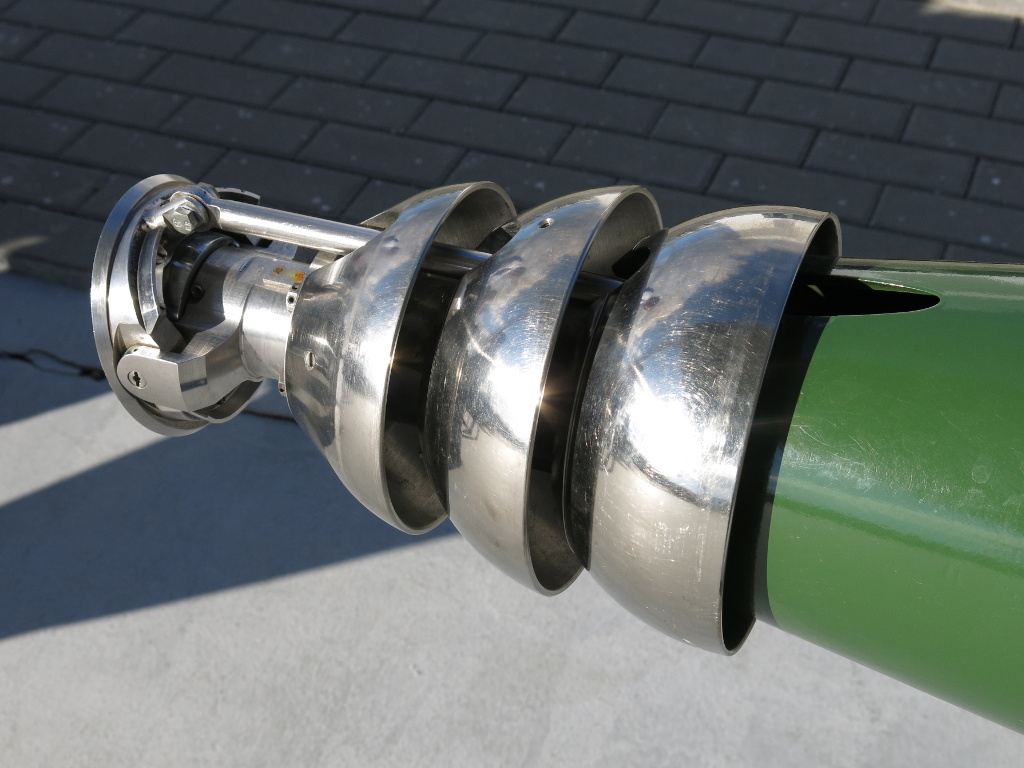
The MK 48, while not supercavitating, is a well-established and critical component of the U.S. Navy’s underwater arsenal.
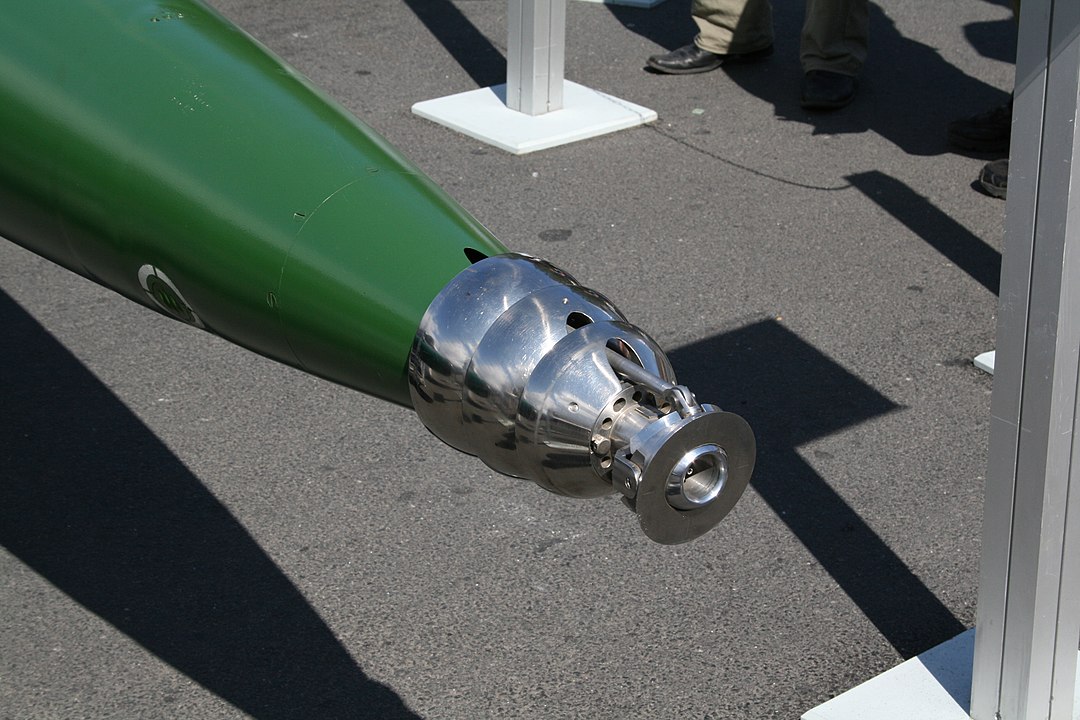
Its design allows for deep water operation and the latest versions, such as the MK 48 Mod 7 Common Broadband Advanced Sonar System (CBASS), are equipped with broadband sonar enhancements to counter the acoustic challenges presented by advanced enemy submarines.
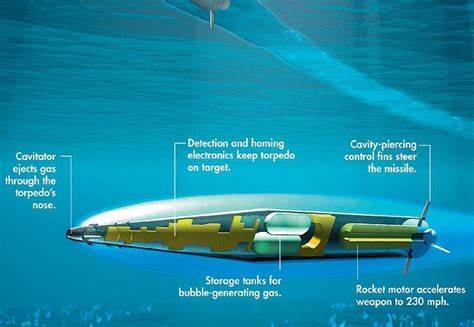
While the U.S. continues to advance its torpedo capabilities, including sophisticated sonar systems and countermeasure technologies.V
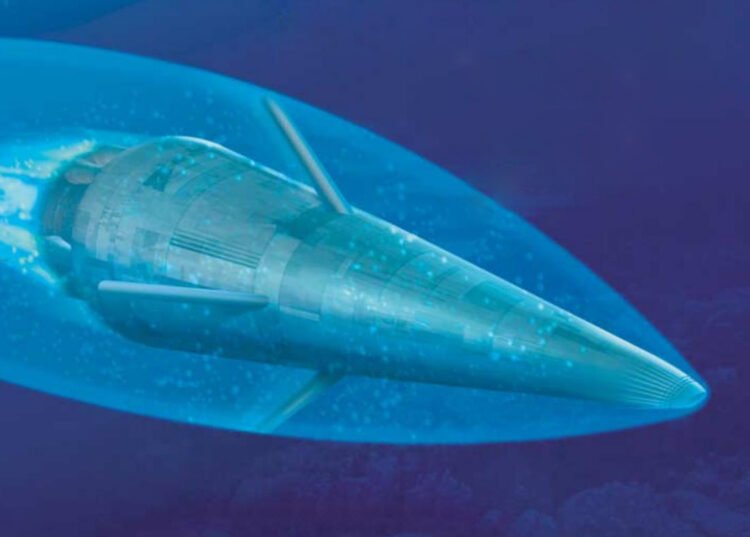
Supercavitating models such as Russia’s VA-111 Shkval and Iran’s Hoot, which is believed to be based on reverse-engineered VA-111 technology, pose a considerable threat due to their stealth and speed.
Relevant articles:
– Lockheed Martin to maintain and upgrade Navy MK 48 sonar-equipped submarine-launched heavyweight torpedo, militaryaerospace.com
– Supercavitating Torpedoes: The Weapon the U.S. Navy Doesn’t Have, The National Interest, Nov 28, 2023
– The allure of supercavitating torpedoes, Naval Technology, Jun 19, 2017
– Autonomous Nuclear Torpedoes Usher in a Dangerous Future, U.S. Naval Institute
